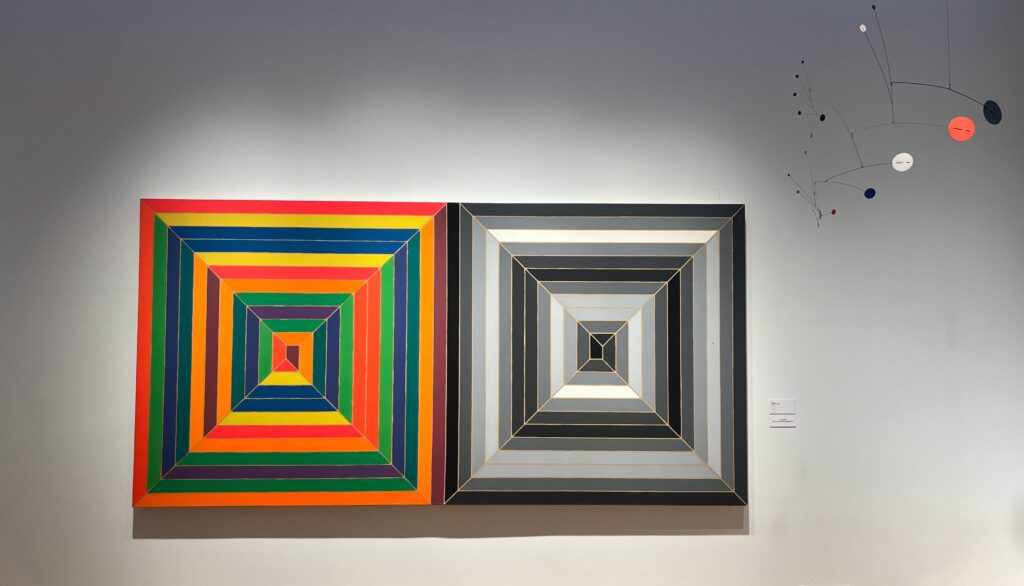
In the world of cinema, every frame is a canvas, and every set is a storyteller. While some films rely on extravagant designs and elaborate backgrounds, others embrace visual minimalism—a technique where less is truly more. By stripping away distractions and focusing on essential elements, filmmakers create settings that are simple yet deeply impactful. But what makes visual minimalism so compelling in movies? Let’s explore.
Content Table
| S.no. | Content |
| 1 | The Power of Simplicity |
| 2 | Creating Mood and Meaning |
| 3 | When Less Becomes More |
| 4 | The Future of Minimalism in Film |
| 5 | Conclusion |
The Power of Simplicity
Minimalist movie settings use clean spaces, limited props, and neutral color palettes to direct the audience’s attention toward the story, characters, and emotions. A carefully curated empty space can evoke loneliness, freedom, or introspection far more powerfully than a cluttered frame filled with excessive details.
Take “Her” (2013) by Spike Jonze, for instance. The film’s soft, pastel-colored environments and uncluttered futuristic settings mirror the protagonist’s isolation and emotional disconnect. Similarly, “Drive” (2011) utilizes muted tones and sparse backgrounds to heighten the tension and focus on the unspoken emotions of its characters.
Creating Mood and Meaning
Minimalist settings aren’t just about aesthetics; they enhance the film’s mood and themes. By eliminating distractions, filmmakers allow audiences to immerse themselves in the raw emotions of the characters.
For example, Yasujiro Ozu’s films, such as Tokyo Story (1953), use simple interiors and static frames to reflect the stillness and subtleties of everyday life. The empty spaces around characters often emphasize emotional distance, loss, or contemplation. Similarly, “The Lighthouse” (2019) employs a stark, confined environment to amplify psychological tension and claustrophobia.
When Less Becomes More
Minimalist settings also challenge viewers to engage more deeply with what’s on screen. A vast, empty desert in “No Country for Old Men” (2007) enhances the feeling of isolation and lawlessness. The single-room setting of “12 Angry Men” (1957) turns the focus entirely on character interactions and dialogue, making the film more intense despite the lack of changing scenery.
The Future of Minimalism in Film
As modern cinema evolves, visual minimalism continues to thrive in independent films and experimental storytelling. Directors like Wes Anderson, Robert Bresson, and Denis Villeneuve often employ minimalist settings to refine their narratives. With the rise of streaming and digital filmmaking, the technique remains a powerful way to create visually stunning and emotionally resonant movies without excessive budgets.
Conclusion
Visual minimalism in movie settings is a reminder that storytelling isn’t about how much you show, but how meaningfully you show it. A blank wall, a lone chair, or a vast open field can carry as much weight as an elaborate set—if used with intention. By embracing simplicity, filmmakers craft unforgettable cinematic experiences that linger in the minds of audiences long after the credits roll.
What are your favorite minimalist movie settings? Share your thoughts in the comments below!
